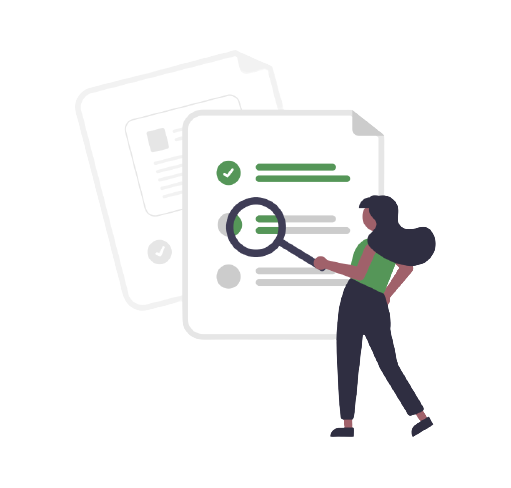
For companies looking to implement an Internet of Things (IoT) solution, the first question you should ask is whether you should buy an off-the-shelf solution or build your own. This buy vs. build IoT decision is crucial. While there are many factors to consider, the following advice is based on our experience as an ultrasonic sensor designer and our work with various IoT solution providers.
IoT Solutions: Buying vs. Building Custom IoT Questions
Choosing between buying an IoT solution vs building one is quite different from choosing the type of software service you would like to use to make your business more efficient. In fact, understanding the IoT solution meaning is crucial as the choice is much more complicated and involves greater investment.

You're developing your stack of technology which integrates together to solve a problem.This isn't an easy process.
When buying an IoT solution, you'll realize quickly that they have done the leg work to provide a fully integrated solution.If you purchase an IoT solution, you're buying a complete system that a team has taken the task of building these integrations out for your end use.
People often are inclined to buy rather than build, even when they are capable of doing it themselves.It's essential to consider whether doing it yourself or buying a solution would be worthwhile.It's good to look at ready-made solutions since they can save you time and many development dollars. And remember, just because you buy an IoT solution, that doesn't mean nothing needs to be built.
Even when you build from scratch, you are still spending money on resources and time. It's important to carefully look at whether something is actually worth building or should be purchased, and this guide is meant to help you accomplish this.
Determine the Scope of your IoT Solution Meaning
Your IoT product should clearly define its functional and architectural features.You will do this by mapping out how the product would work and what goal you are trying to accomplish.At that point you can start brainstorming on how you will build this out.For example, if you were building a tank level monitoring application,your list may look like this:

This is a very simplified version of what you need to look into, but these are important components to your IoT application.
Establish a Scope of Work

Once your product features have been identified, you must determine the degree of effort it takes to implement each feature.
What is the bare minimum and ideal set of functionality for each feature?
You'll need to be able to answer the following:
- What resources are needed to execute the feature?
- Has anyone in-house built this before?
- How much will it cost to support once it is developed?
You should definitely review all of this before you start the build.
Do Market Research

At this point, you will review all the solutions that are already in the market.It is advisable that you observe how other businesses and product creators built their IoT products.
- Which IoT solutions are they using?
- Which ones did they try that aren't working?
- What were their challenges?
- Which solutions worked the best?
If possible, network with the developers of similar solutions to yours. (Or developers that have tried to build what you want to build)
After performing your research, you should have a better understanding of the market.At this point you'll be able to narrow down the features of your scope.
Build a Functional IoT Prototype

While in your IoT development process, you should build a functional prototype as early as possible.By building this minimal viable product, you can prove the use case to stakeholders.
We work with several companies that started out by just building their prototype to narrow down all the features they need in their solution.We also have suggested that our customers consider using one of our collaborators' solutions.
If you can't construct a functional prototype, you may want to review the abilities of your development team.
Find out if an expert can give you the expertise you lack. You might find the provider's services are not adequate for your product.Research other product developers in the market to see if they can execute your solution needs.It may be a constant challenge to get this step done in your development process.
Agree on a Solution

Once you have defined your business problem, determined the scope of work, and have done your market research, it's time to agree on a solution to move forward.
No matter which route you choose, you'll want to assess each step of your product development process.This will ensure that you make accurate choices throughout the course of building your IoT application.
If you need assistance with selecting the right sensor solution for any of your IoT applications, we're available to help.
We've worked with several application developers and solution providers to work through their product design to provide a sensor solution (or develop a custom sensor) to work with their cloud and hardware choices.
Please review our Collaborators to see how we've successfully integrated and possibly you'll see a way to shorten your time to market by using an approach that has already been developed by a vendor.


